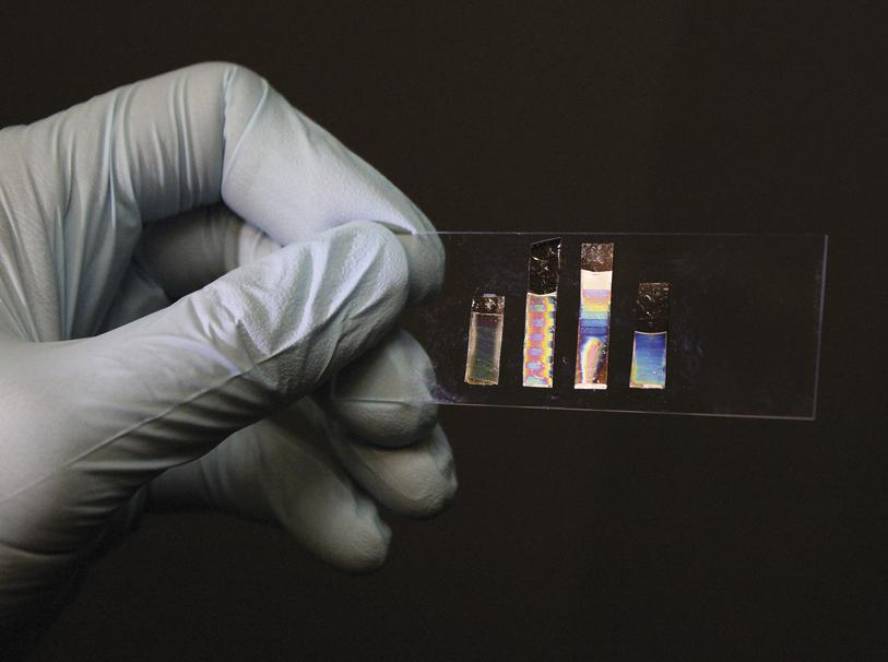The use of virus as a substrate has led to tissues in the laboratory

Researchers from the University of California and the Lawrence Berkeley National Laboratory have managed to get cells to grow on a layer of virus. In addition, they have seen that depending on the structure of the virus layer, cells can form different types of tissues. They also occur in nature: from a certain elemental molecule, such as type I cholagenotic, skin, bone, or eye tissue can form. The formation of one or the other is determined by the way of relating to other collagen molecules and other components.
In the study, the researchers initially used a saline solution rich in viruses called M 13 and a lamina. The sheet was dissolved and removed, allowing it to dry up to form a layer of virus. It was observed that the higher the concentration of virus in the solution, the more complex the structure that formed the virus in the plate. When the concentration was 0.1 to 0.2 milligrams per milliliter, layers with peaks and depressions were seen. When ascending to 6 mg/ml, the layers had similar shapes to Chinese noodles. Likewise, the researchers realized that the output speed of the plates of the solution also influenced in some way, modifying the optical properties of the layers.
The virus layers were subsequently used as substrate for cell growth. Based on the type of layer, the researchers found that the cells grew differently. In one of the substrates, for example, a tissue similar to dental enamel was produced. They have recognized that they know that the process they have used has nothing to do with the way these tissues are generated by themselves. However, they consider it important to see the importance of environmental factors.





